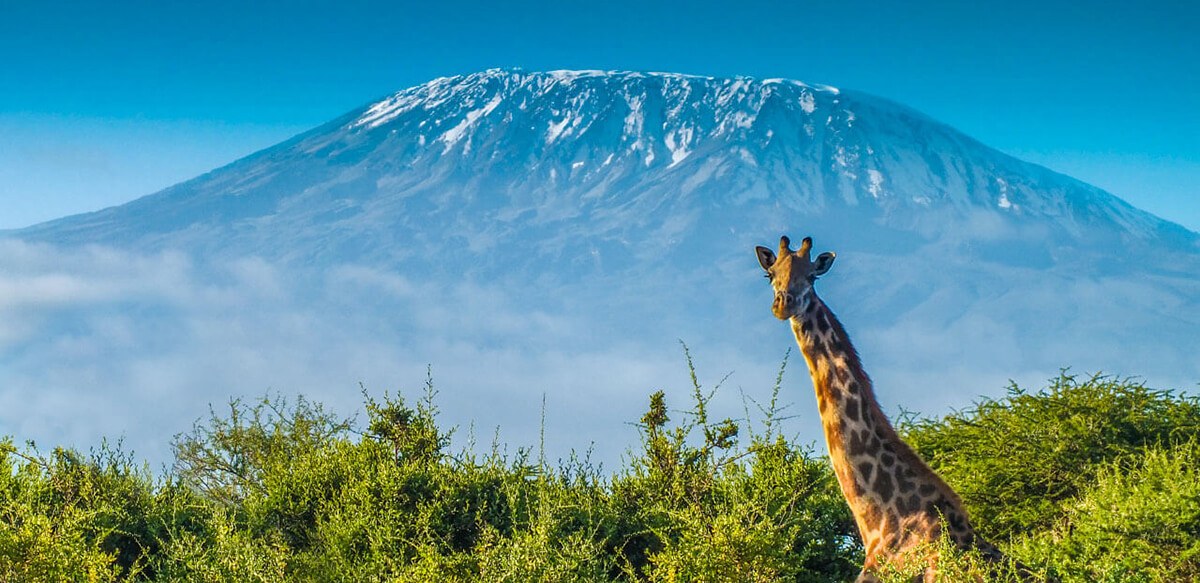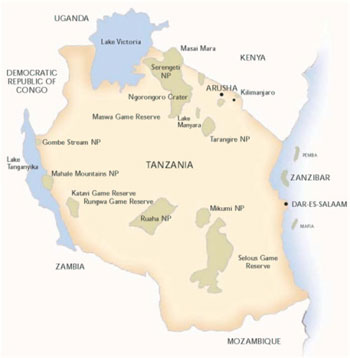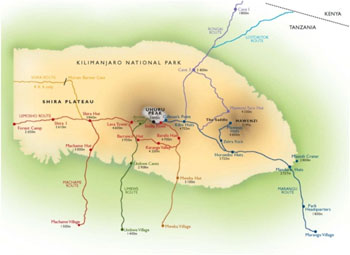There are a few more points that may help you in this decision:
Price issues – these always come up when groups “research“trips and then compare options. Some will want to go for the cheapest option, some want the better quality and peace of mind of booking through an experienced, reliable licensed operator. At the end of the day, you all buy safe vehicles, put safe tyres on them, and plan to live a long life – don’t compromise on something as important as summiting Kilimanjaro. Temperatures drop to minus 200C, and if you don’t have the correct gear, crew, food and so forth, you may be putting your life, and others, at risk. You want to get to the top, safely – and have a good time doing it.Just looking at our success rate of 95%+, and the AVERAGE success rate of about 50 – 60%, you have about a 30% better chance with us than a budget operator. You don’t want to waste your money. This is where our experienced staff, kit lists, detailed presentations at our offices etc help a LOT.
A lot of the reasons for our success rate boils down to money – we pay enough to get good guides, crew, and to buy you good food, and use decent equipment (which is maintained/upgraded regularly). When you consider that about $600 per person on a 6-day climb goes on park fees alone, and you work out what a budget operator has got left to run a business on, you can see that on budget trips corners will probably be cut. All to the detriment of YOU, the guest.



